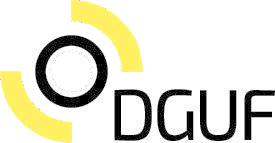Reaching a sustainable cultural landscape through pedagogical evaluation of technology
Identifiers (Article)
Identifiers (Files)
Abstract
The objective of the LAMB project is to link knowledge gained in the classroom to the local cultural landscape by taking education out into the actual environment. Mediating scientific knowledge with GPS and mobile technology encourages gadget- oriented pupils to explore real landscapes. Mobile applications are especially useful in archaeological sites which have only a few visible elements, or which require perceiving and interpreting the long-term changes in the environment in order to understand their meaning. LAMB presents simultaneously different location-based materials, such as maps, pictures and text when receiving targeted GPS coordinates. It also enables visualization of the land uplift process via contour lines and thematic maps or reproduced shorelines. Utilizing technologically sophisticated materials in school education develops the research skills of the pupils and enhances their possibilities to acquire additional knowledge independently.
Based on this study, we argue that LAMB enhances pupils’ possibilities to explore their local cultural landscape and to identify themselves within it. We also argue that the pedagogical model of LAMB enhances pupils’ skills to understand both the interaction between people and their changing environment and the human impact on the landscape.
Statistics







